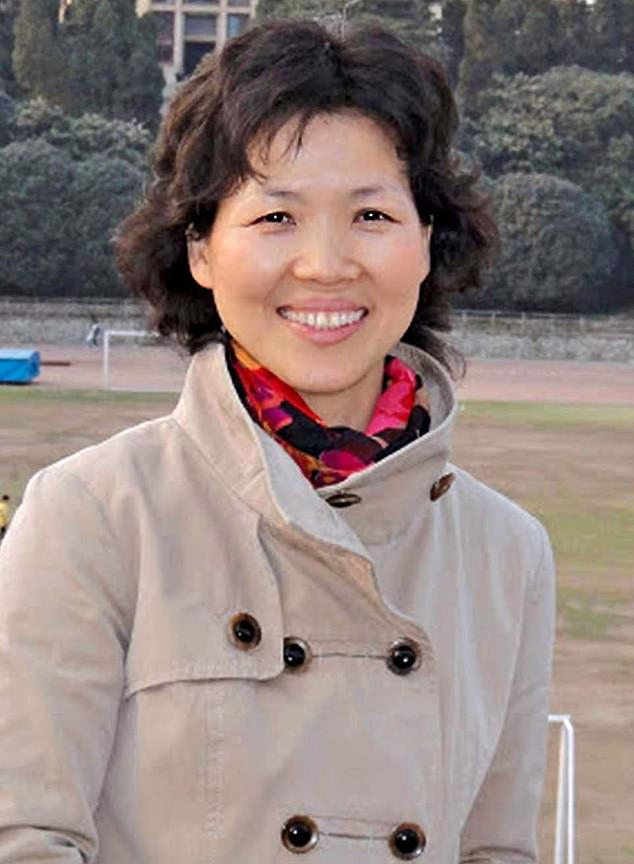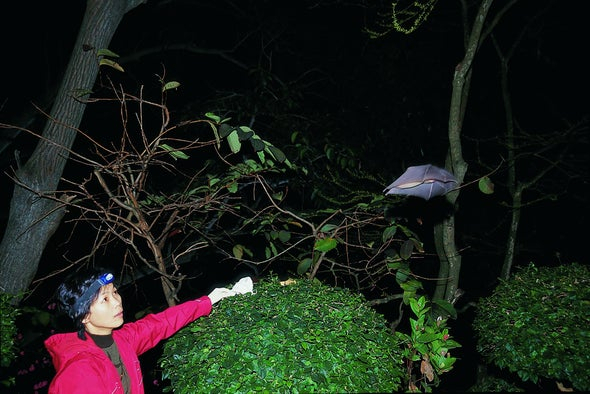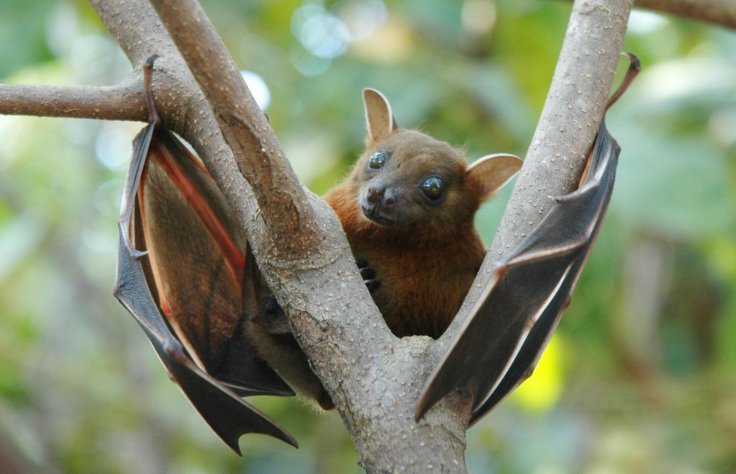China, the epicentre of fatal global pandemic Coronavirus, battling the conspiracy theories related to the origin and spread of the virus, has been accused of 'silencing' a Wuhan-based virologist, Shi Zhengli, soon after she discovered the genetic composition of the new strain.
Known as the 'Bat Woman' Zhengli, the virologist is considered as one of the world's top researchers on coronavirus and has successfully found dozens of deadly SARS-like viruses in bat caves. Her timely discovery of the new strain could have helped in the early development of the diagnostic tests and vaccines for the virus-related disease.
Novel coronavirus strain related to horseshoe bat

Having an experience of 16 years in hunting viruses in bat caves, Shi, a researcher at the Wuhan Institute of Virology (WIV), found that the SARS virus originated in bats. According to the South China Morning Post, the data collected by Shi and her team was brought back to the Wuhan based National Biosafety Laboratory.
According to the website, it was Shi's team which identified that 'coronavirus was a direct descendant of a wild strain they culled from the droppings of a fruit bat in Yunnan province. The new strain shared 96 per cent of genes.'
Shi managed to complete coronavirus' gene sequencing in three days

According to Daily Mail, Shi was called back to her lab in Wuhan after the breakout of novel coronavirus at the end of last year, managed to complete the gene sequencing of the new strain within three days. It was found that the new strain was associated with horseshoe bats, found in Yunnan. Shi's findings revealed that the coronavirus was similar to SARS, a respiratory illness originating from China, which affected thousands of people in 2002.
According to Scientific American, Shi admitted that when she first called back from a conference to investigate the new unnamed diseases, last year, she feared the possibility of coronavirus escaping her lab. "I wondered if [the municipal health authority] got it wrong. I had never expected this kind of thing to happen in Wuhan, in central China," she told the science journal.
The WIV is located just ten miles from the wildlife market, believed to be the epicentre of coronavirus. Shi said she was finally felt relieved 'after none of the sequences matched those of the viruses her team had sampled from bat caves. "That really took a load off my mind. had not slept a wink for days," she said.
Authorities muzzled Shi and her team at WIV after their findings

Speaking to Daily Mail, Gao Yu, a Chinese journalist, said that he spoke to the virologist who revealed that she was 'muzzled' by the Chinese authorities. "We learned later her institute finished gene-sequencing and related tests as early as January 2 but was muzzled," revealed the journalist.
Claiming that a mail was sent by Yanyi Wang, Director of the Wuhan Institute of Virology, to its staff and key officials, ordering them not to disclose information on the disease, the publication said that Wang in her email cautioned that 'inappropriate and inaccurate information was causing 'general panic'.
"The National Health Commission 'unequivocally requires that any tests, clinical data, test results, conclusions related to the epidemic shall not be posted on social media platforms, nor shall [it] be disclosed to any media outlets including government official media, nor shall [it] be disclosed to partner institutions,'" Wang said in her mail. Coronavirus has infected over 1.7 million people globally and killed more than 109,000 people.









